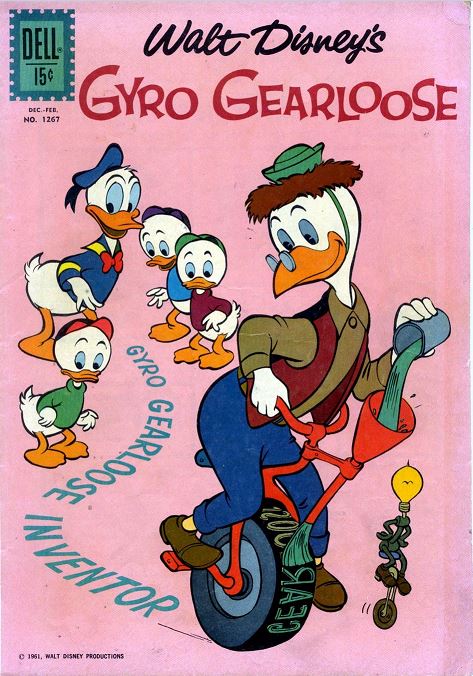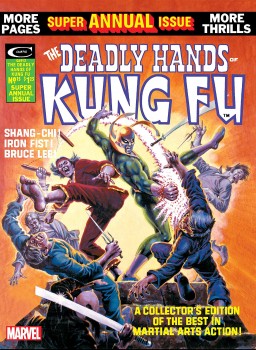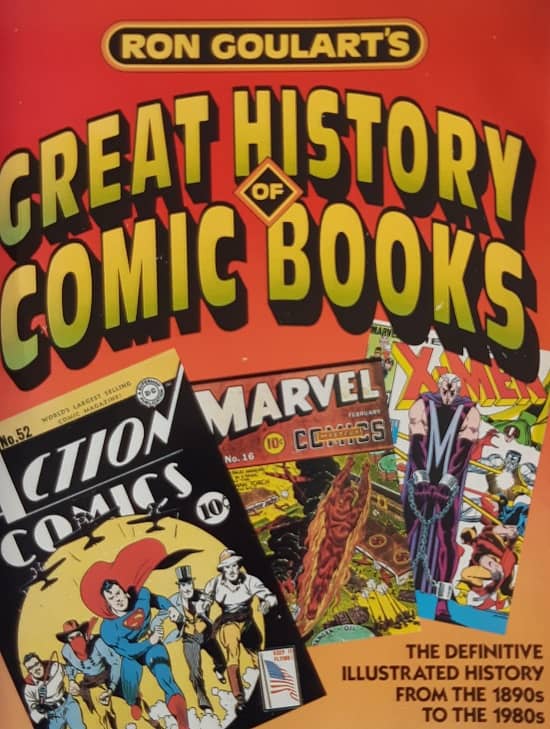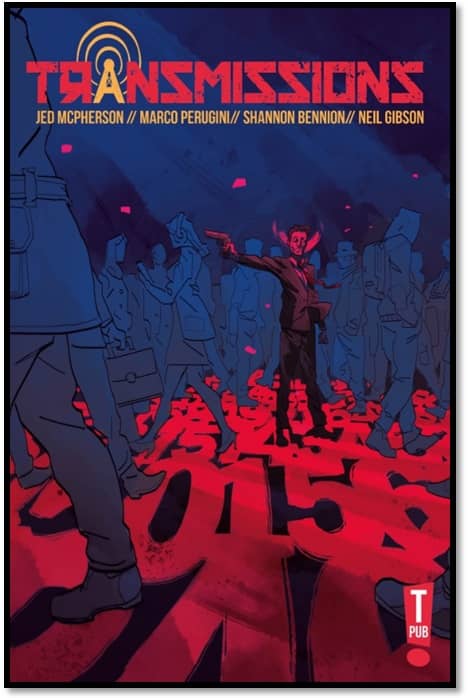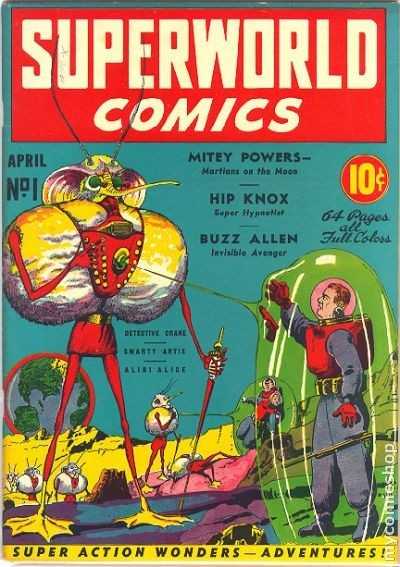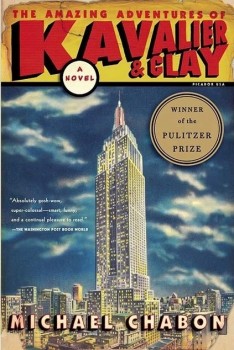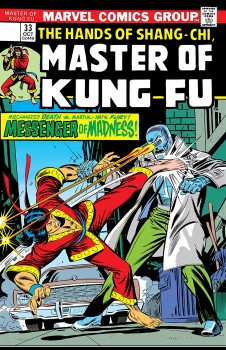Gyro Gearloose’s Little Helper
I started reading comics in about 1958, or at least those are the oldest ones I still have, mostly bedraggled, torn, or coverless from hundreds of readings. They were age-appropriate Disney comics, from Dell Comics. (Gold Key wouldn’t take over until the 1960s.) I was indiscriminate, of course, having no idea which were good or even what good meant, so I had piles of Mickey Mouse and Chip ‘n’ Dale. I soon realized why I was drawn to those titles. They were all regular features in the flagship Walt Disney Comics and Stories (WDCS), the comic of comics. A Donald Duck tale always ranked first, better told than any of the others. Those stories contained witty adventures, taking place all around the world, and often off it in that post-Sputnik year. Oddly, no Donald Duck comic could be found. Instead, I picked up a comic about a non-title character: Uncle Scrooge. The miserly multiplujillionnaire drove all the adventures, roping in Donald, and his nephews, and the other residents of Duckburg, a city more amazing and more fully realized than Metropolis in the Superman comics I soon found. That superiority was due entirely to writer/artist Carl Barks but I wouldn’t know that for decades. No matter. The difference between a Barks story and anyone else’s was a lesson I took with me to better comics and then to better science fiction. There was fun and there was good and then there was superior. Thus a critic (none dare say carper) was born.
